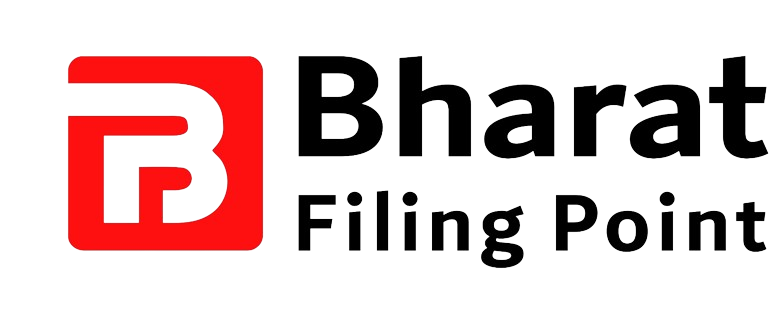Unlock the secrets of trademark rectification in India with this comprehensive guide – clear confusion and protect your brand today!
Table of Contents
Trademarks serve as a crucial aspect of protecting a company’s brand identity and reputation. However, issues may arise that require rectification to maintain the integrity of a trademark. In India, the process of trademark rectification can be complex and overwhelming. This comprehensive guide aims to provide clarity on navigating trademark rectification in India, including understanding the process, reasons for rectification, and steps to take to rectify a trademark.
Understanding Trademark Rectification
Trademark rectification refers to the correction of errors or inaccuracies in a registered trademark. These errors can range from typographical mistakes to incorrect information in the trademark registration. Rectification is essential to ensure that the trademark accurately reflects the owner’s rights and prevents any disputes or challenges in the future.
There are several reasons why trademark rectification may be necessary, including:
- Errors in the trademark registration
- Incorrect details regarding the trademark owner
- Changes in the trademark that require updating
Rectification can be initiated by the trademark owner or by a third party who believes that the trademark registration contains inaccuracies. It is crucial to address any errors promptly to avoid potential legal issues or challenges to the trademark’s validity.
The Process of Trademark Rectification in India
The process of trademark rectification in India involves the following steps:
Filing a Rectification Petition: The first step in the rectification process is to file a rectification petition with the Intellectual Property Appellate Board (IPAB). The petition should clearly outline the errors or inaccuracies in the trademark registration and provide supporting evidence to substantiate the rectification request.
Publication of the Rectification Petition: Once the rectification petition is filed, it is published in the Official Journal to notify the public and allow interested parties to raise objections or file counter-petitions.
Response to Objections: If any objections are raised during the publication period, the trademark owner must respond to the objections and provide further evidence to support the rectification request.
Decision by the IPAB: The IPAB will review the rectification petition, objections, and evidence presented by both parties before making a decision on the rectification request. If the IPAB approves the rectification, the trademark registration will be updated accordingly.
Tips for Handling Trademark Rectification in India
When it comes to trademark rectification in India, certain tips can help streamline the process and ensure a successful outcome:
| Step | Description |
|---|---|
| 1 | Identify the error or omission in the trademark application |
| 2 | Consult with a trademark attorney for guidance |
| 3 | Prepare a rectification application with details of the error |
| 4 | Submit the rectification application to the Trademark Registry |
| 5 | Wait for the registry’s response and follow any instructions provided |
| 6 | Attend any hearings or meetings as required |
| 7 | Monitor the progress of the rectification process and respond promptly to any queries |
Consult with a Trademark Attorney: Working with a trademark attorney who specializes in Indian trademark law can provide valuable guidance and support throughout the rectification process.
Thoroughly Document Errors: It is essential to document all errors or inaccuracies in the trademark registration and gather evidence to support the rectification request.
Respond Promptly to Objections: If objections are raised during the publication period, it is crucial to respond promptly and provide clear and concise explanations to address any concerns.
Keep Records of Communication: Maintain detailed records of all communication with the IPAB, including petitions, objections, responses, and decisions, to ensure a smooth rectification process.
Trademark rectification in India can be a complex and time-consuming process. By understanding the reasons for rectification, following the necessary steps, and seeking professional guidance, trademark owners can effectively rectify errors in their trademarks and maintain the integrity of their brand identity.
FAQs
Why is trademark rectification important in India?
Trademark rectification is crucial in India to correct errors or inaccuracies in a trademark registration, ensuring that it accurately reflects the owner’s rights and prevents any disputes or challenges in the future.
Who can initiate trademark rectification in India?
Trademark rectification can be initiated by the trademark owner or a third party who believes that the trademark registration contains inaccuracies.
What is the process of trademark rectification in India?
The process involves filing a rectification petition with the IPAB, publication of the petition, responding to objections, and the IPAB making a decision on the rectification request.
How can I streamline the trademark rectification process in India?
Get
To streamline the process, identify errors, consult with a trademark attorney, prepare a rectification application, respond promptly to objections, attend hearings as required, and monitor the progress of the rectification process.

